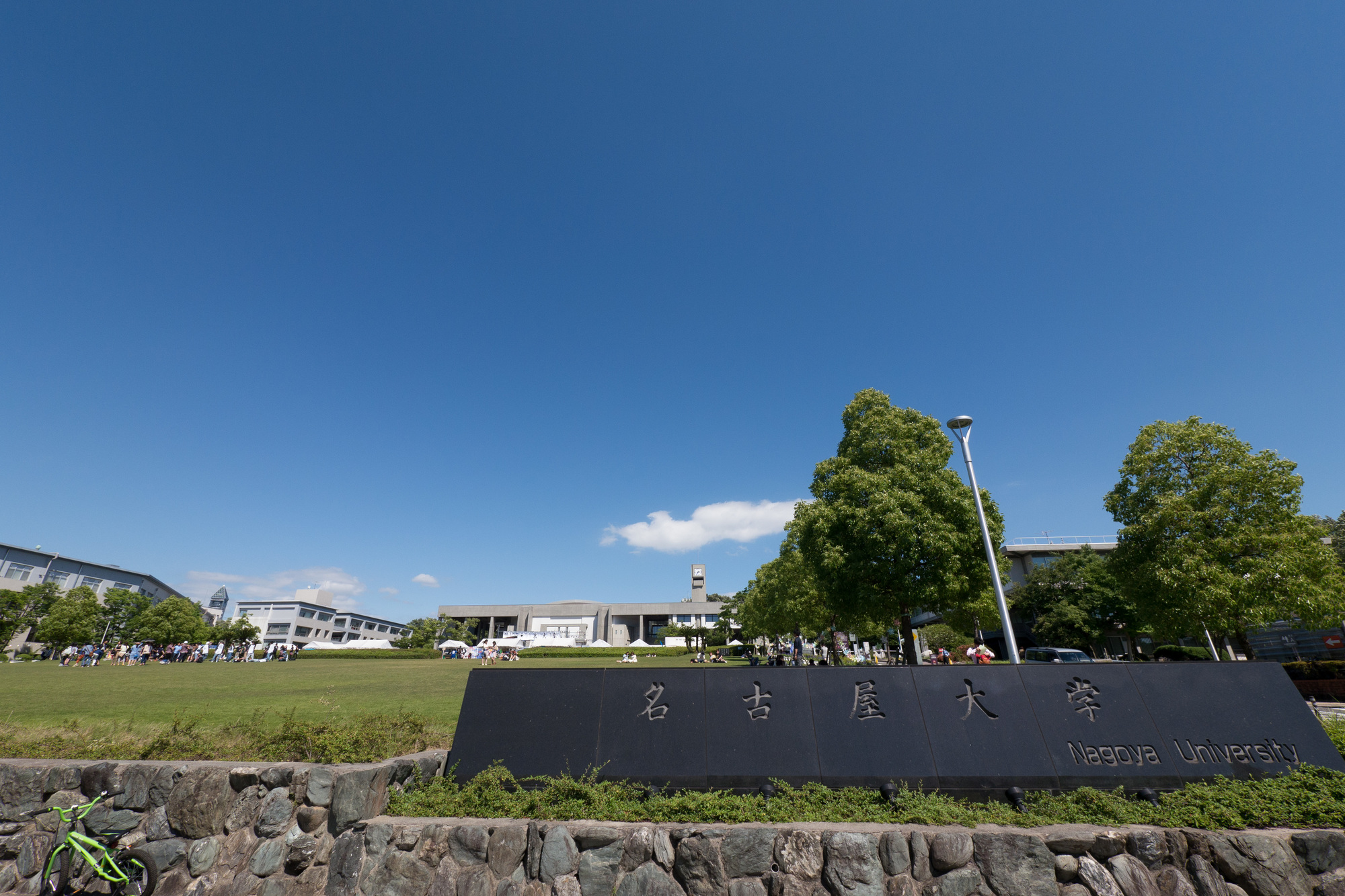Research groups at the Nagoya University Museum and the Hokkaido University Museum have succeeded in estimating how to warm dinosaur eggs from joint research with the University of Calgary, Canada and the Royal Tyrell Paleobiotic Museum.
Dinosaur eggs and nest fossils have been found around the world, including the Arctic Circle, and it is known that dinosaurs nest in a variety of environments.However, the heat source that warms the eggs and the structure of the nest are unlikely to remain as fossils, and it is not well understood how the eggs were actually warmed.In particular, the method of nesting in a cool environment has been a mystery.
Therefore, in this study, we first investigated alligators and birds that can be used as a reference for estimating the ecology of dinosaurs.It was shown that there is a close relationship between the method of warming eggs and the material of the nest.For example, seeds that use soil and plants as nest materials mainly use the fermentation heat of plants to heat eggs, while seeds that use sand use solar heat and geothermal heat to heat eggs.
Since the same analogy can be made for dinosaur nest fossils, the research group investigated the deposits of nest fossil specimens around the world.As a result, it was presumed that some nests were found mainly in sandstone, so they spawned in the sand and used solar heat, geothermal heat, and other heat to warm the eggs.On the other hand, nests of other species were found in soil-quality mudstone, suggesting that they may have spawned in the soil and used the heat of fermentation of the plants to warm the eggs.In addition, dinosaur nest fossils suggesting incubation in previous studies were found in sandstone and mudstone in equal proportions, suggesting that they were nesting on various grounds.
Since the heat of fermentation and incubation of plants can be used even in a relatively cool environment, the background that dinosaurs were able to nest in the Arctic Circle emerged.Also, some nesting methods are only suitable for warm regions, so differences in nesting methods may have affected the geographical distribution of dinosaurs.
Paper information:[Scientific Reports] Nest substrate reflects incubation style in extant archosaurs with implications for dinosaur nesting


